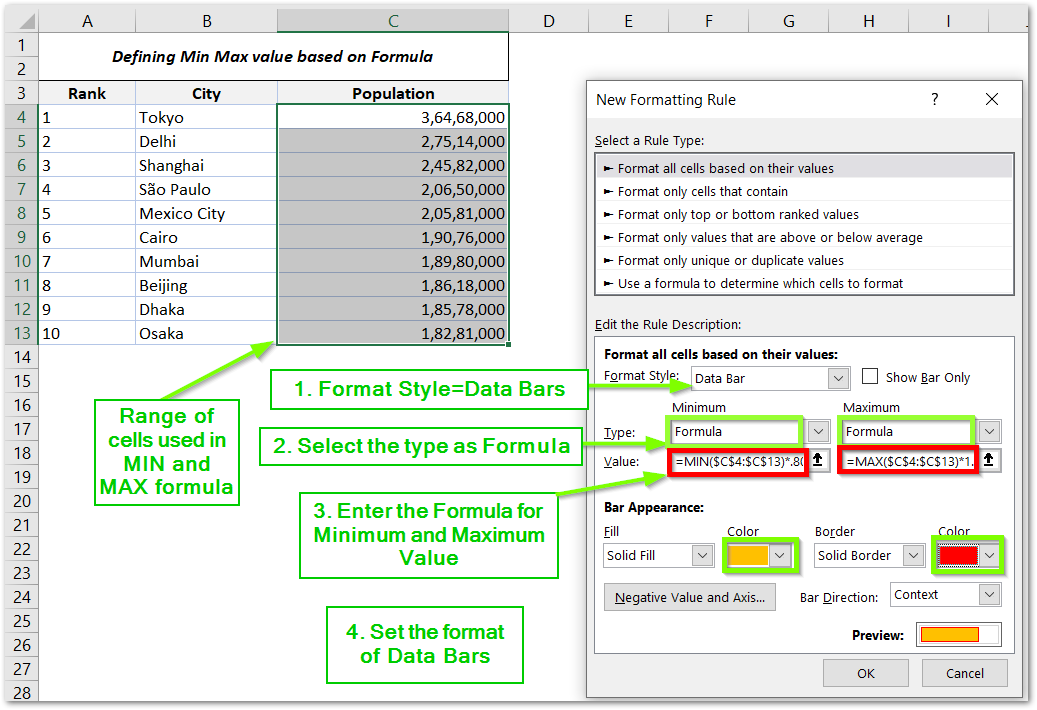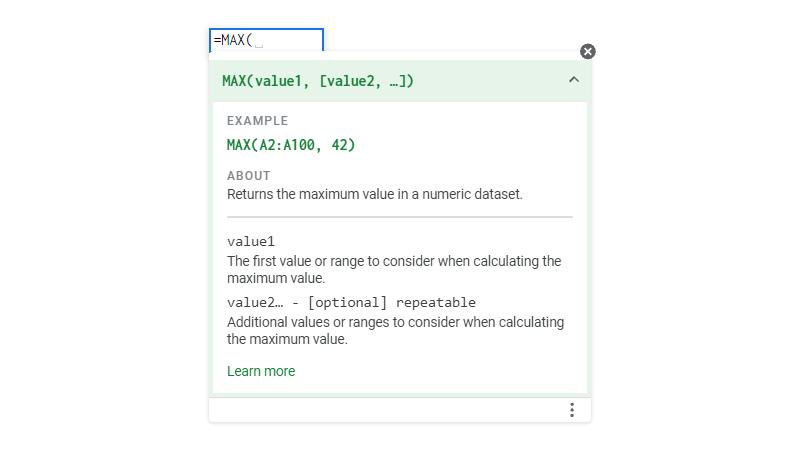Max Sheets in Excel 2016: Know the Limit

Microsoft Excel has long been the go-to tool for data organization, financial modeling, and much more. One common question among users, particularly those dealing with large datasets or multiple projects, is how many sheets can one create within a single workbook in Excel 2016. In this post, we'll explore the maximum number of sheets allowed, why this limit exists, and what you can do when you exceed it.
Understanding the Limit


Excel 2016, like its predecessors, sets a ceiling on the number of worksheets within a single workbook. This limit is influenced by:
- Available memory - The more memory available on your system, the more sheets you can open at once.
- Storage capacity - Excel 2016 is designed with the idea that it won’t run out of sheet capacity, but there’s still a theoretical limit to manage.
- Performance considerations - Excel ensures that even with numerous sheets, performance remains relatively consistent.
Excel 2016 Workbook Limits

The practical limit for sheets in Excel 2016 is:
- 255 sheets per workbook by default. This is the number of sheets you can see when you open Excel.
- However, you can go beyond this if you manually add more or use macros to insert sheets.
| Limit | Excel 2016 |
|---|---|
| Maximum Sheets | Unlimited (theoretically), but practical limit around 255 |

This table shows that while Excel doesn’t impose a hard limit, the actual number of sheets you can create is influenced by your system’s capabilities.
Why is There a Limit?

Microsoft has reasons for setting such limits:
- Performance: More sheets mean more data, which can slow down operations.
- User Experience: Ensuring that Excel remains user-friendly, even with hundreds of sheets.
- Historical Compatibility: Excel has evolved, and compatibility with older versions is essential for many users.
⚠️ Note: If you regularly exceed these limits, consider breaking your data into multiple workbooks or using a database solution.
Workarounds and Solutions

If you hit the limit:
- Consolidate: Combine similar sheets into one to reduce the number needed.
- External Storage: Export data to other databases or cloud storage like OneDrive or Google Sheets.
- Macros: Use VBA scripts to automate the process of adding or managing sheets beyond the default limit.
- Switch to Enterprise: Consider using enterprise-level solutions like Power BI or Microsoft Excel for Office 365, which can handle larger datasets and offer more functionality.
Performance Impact

Here’s how exceeding the sheet limit might affect performance:
- Opening and Saving: The time taken to open or save workbooks increases with more sheets.
- Calculations: Formulas spanning multiple sheets will take longer to compute.
- Navigation: Scrolling through many sheets can become cumbersome.
Best Practices for Managing Sheets

Here are some tips for when you’re dealing with multiple sheets:
- Use Sheet Names Wisely: Name sheets descriptively to avoid confusion.
- Utilize Named Ranges: Create named ranges to refer to cells across sheets, which can help with formula management.
- Link Across Workbooks: Instead of having everything in one massive workbook, link between workbooks for better performance.
- Data Validation: Use data validation to ensure integrity when working with data across sheets.
- Backup Regularly: Always have backups, especially when working with critical data.
💡 Note: Regularly audit and clean your workbook to remove unnecessary sheets, improving both performance and usability.
In this comprehensive exploration, we've discussed the sheet limit in Excel 2016, reasons for these limits, and effective strategies to work with large datasets. Understanding these constraints can significantly enhance your productivity and help maintain an organized workflow. Remember, Excel is designed to be efficient within its limitations, and with the right approach, you can work around these limits or find alternative solutions that cater to your data management needs.
How can I manually add sheets beyond the default limit in Excel 2016?

+
While Excel 2016 starts with a default limit of 255 sheets, you can go beyond this by right-clicking on any sheet tab and selecting ‘Insert’ or using VBA macros to automate the process. However, remember that exceeding this limit might affect performance.
What are the risks of having too many sheets in one workbook?

+
Having too many sheets can slow down the software, increase file size, and make navigation and file management more cumbersome. It also increases the risk of data corruption or loss if the file becomes overly complex.
Is there a performance difference when using Excel Online versus Excel 2016?

+
Yes, Excel Online tends to have lower limits and performance capabilities compared to the desktop version of Excel 2016. Online versions are optimized for web usage, which often means handling fewer sheets and less complex calculations for better user experience in cloud environments.